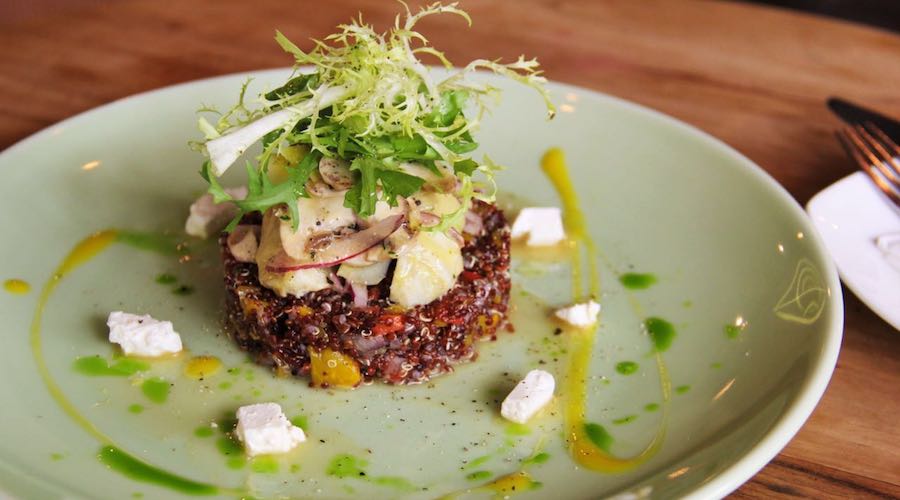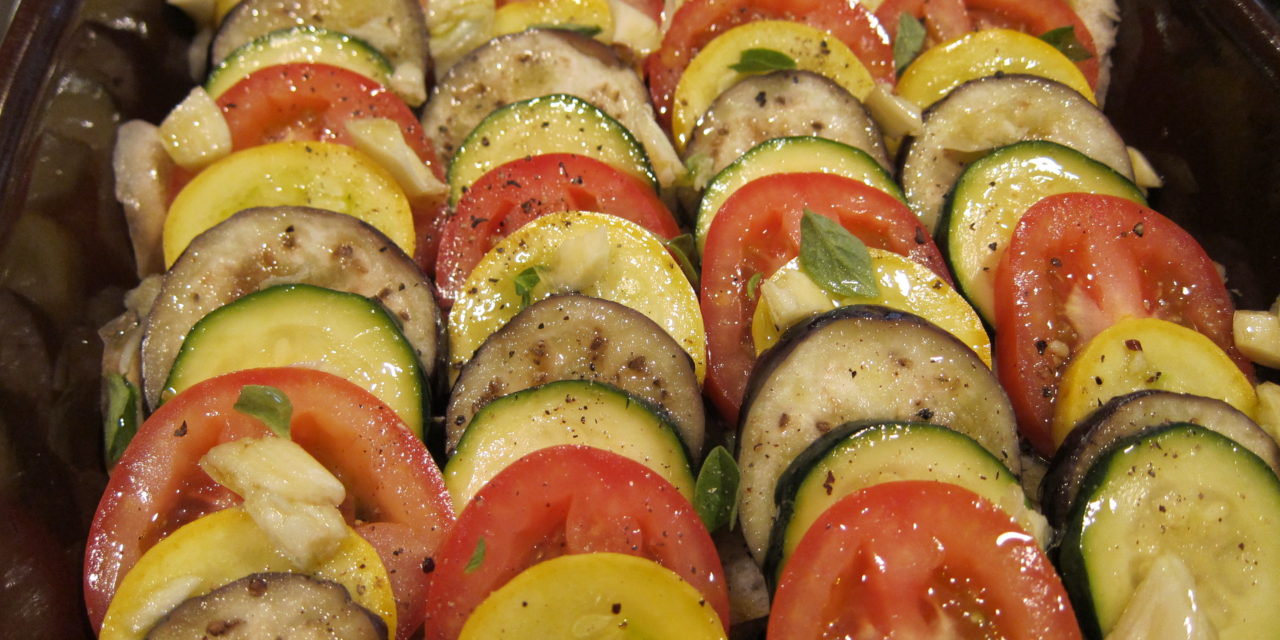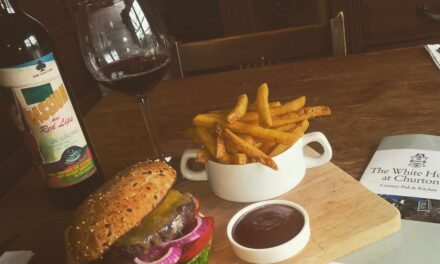VEGAN V’S VEGGIE
 We know it’s been happening in the fashion food spots of the world, like the USA and the UK, but little did I expect to read that Spain has joined the ‘Green Revolution’. For a country that thrives on fish and has more steak restaurants than health centres, it seems hard to believe that the Spaniards are going vegetarian and vegan! The fashionable cities of Madrid, Bilbao, Seville and Barcelona are leading the way and will have to add new names to their trendy eateries; Top of Formthose of the new and glamorous veggie restoration -vegan, vegetarian and flexetarian-. Even though they have not started to collect Michelin stars, places like Loving Hut, Pizzi Dixie or Levél Veggie Bistro, in Madrid, or Väcka and Teresa Carles, in Barcelona, are gaining a place in the Olympus of Spanish restoration; an unthinkable situation 10 years ago, when the vegetarians of that time were little more than redoubts for a few: The opposite of the brand new veggies now. The market for meatless food, both from the point of view of restoration and distribution, generated a business of more than 4,100 million in 2016, according to the consultancy Visiongain.
We know it’s been happening in the fashion food spots of the world, like the USA and the UK, but little did I expect to read that Spain has joined the ‘Green Revolution’. For a country that thrives on fish and has more steak restaurants than health centres, it seems hard to believe that the Spaniards are going vegetarian and vegan! The fashionable cities of Madrid, Bilbao, Seville and Barcelona are leading the way and will have to add new names to their trendy eateries; Top of Formthose of the new and glamorous veggie restoration -vegan, vegetarian and flexetarian-. Even though they have not started to collect Michelin stars, places like Loving Hut, Pizzi Dixie or Levél Veggie Bistro, in Madrid, or Väcka and Teresa Carles, in Barcelona, are gaining a place in the Olympus of Spanish restoration; an unthinkable situation 10 years ago, when the vegetarians of that time were little more than redoubts for a few: The opposite of the brand new veggies now. The market for meatless food, both from the point of view of restoration and distribution, generated a business of more than 4,100 million in 2016, according to the consultancy Visiongain.
In addition, according to the study The Green Revolution, by the consultant Lantern, the vegan and vegetarian restaurants in Spain have doubled in five years, from the 353 of 2011 to the 703 in 2016; an even higher figure according to the most authoritative guide in the world, The Happy Cow, which includes not only vegans and vegetarians, but also those who incorporate offers of this type in their menus, which includes more than 1,200 locations in capital cities of Spain. Spain begins to approach one of the major trends in Europe, healthy or green food. With 15 veggie restaurants per million inhabitants, it is not so far from countries like Ireland, with 23.3.
This does not mean that the bulk of the Spaniards has suddenly become veggie. Those who follow the vegetarian diet (do not eat meat and fish) or vegan (neither foods of animal origin, such as eggs or dairy) “are still a minority, 1.3% the first and 0.2% the second”, according to Jaime Martín, director of Lantern. The drivers of the trend are the flexitarians (offer meat and fish in small doses) and also the curious weekenders, that audience who likes to try new things. The flexitarians, already used to the vegan offerings they buy in the supermarket, would add about 3.7 million people here (8% of the population), with a clear majority of women (10%).
The veggie cuisine, fashions to one side, has had a long journey. In Germany, 7.8 million people have a vegetarian diet and more than one million are vegan. Spain is on the same path as, according to Erwan Poudoulec, responsible for the courses at the cooking school Le Cordon Bleu, “people are increasingly concerned about the high consumption of meat, and want to reduce it.” This chef believes, however, that for the green revolution to take hold it will require “a revolution in the cookbook, since most of the chefs have not bothered to create it”.
If we add tourists, we find that these three groups are giving a boost to this new segment of the restaurant business, which explains that most restaurants are in the leisure areas of large cities, and not in local neighbourhoods or office areas. This new trend has encouraged the stalwarts of the ‘movement’. While 10 years ago this type of restaurant was focused on the tree huggers, now they are available to and enjoyed by, everyone. Yorgos Ioannidis, owner of Crucina, a Madrid restaurant specialized in raw vegan gastronomy, recognizes that only half of its customers are vegans. “Here come a lot of people to try or who are just interested in taking care of themselves,” he says.
But if this form of food has overcome the resistance it has been because its cuisine has been updated. “If we are growing”, says Olga Cuenca, of the UVE (Spanish Vegetarian Union), “it is because we are making an attractive kitchen for all audiences”. At the beginning, most of the offers were vegetable hamburgers, but now the recipe book has expanded. Even so, the burgers are still among the favorites: Viva Burger, in Madrid, which apart from 11 different burgers (with mushrooms, vegetable noodles, seaweed, wild greens and avocado), offers spinach croquettes or fried yucca with alioli is still at the forefront
.
.











